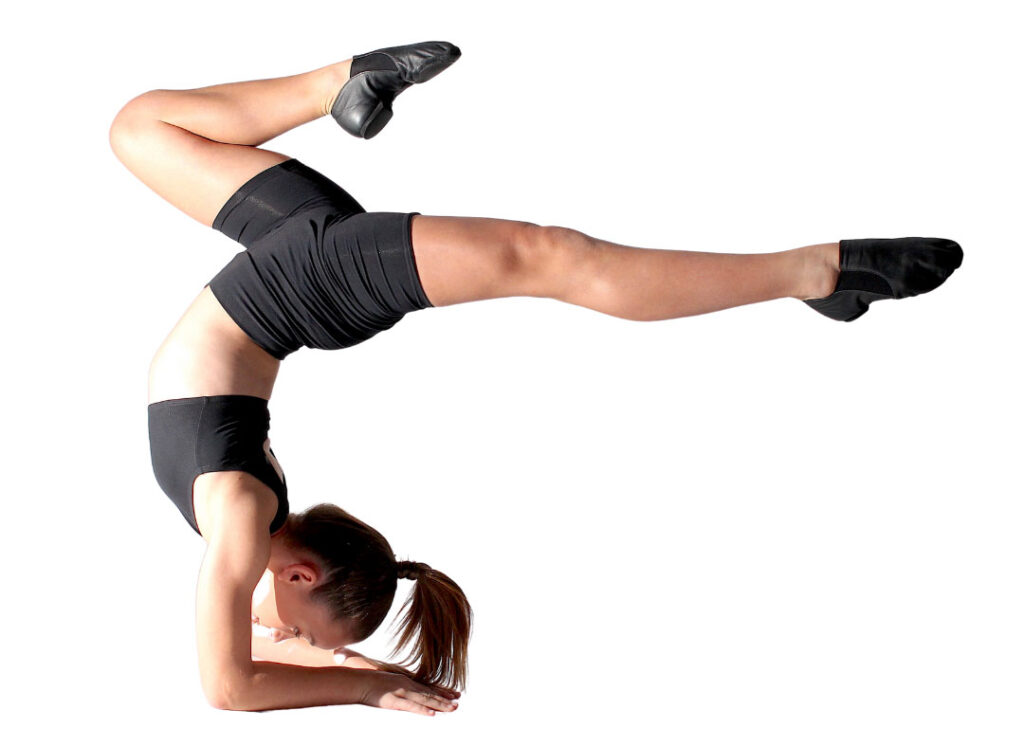What is Acrobatics?
Acrobatics is a dynamic and visually captivating performance art that combines graceful, acrobatic movements with elements of gymnastics and dance. It involves impressive feats like flips, tumbles, balances, and aerial tricks, seamlessly integrated with dance techniques. Acrobats showcase exceptional strength, flexibility, and coordination as they execute breathtaking routines. Whether in competitions, shows, or recitals, acrobatics mesmerises audiences with its awe-inspiring and physically demanding displays of skill and artistry.
Acrobatics dance, often simply referred to as acro dance, is a style of dance that combines classical dance elements with acrobatic movements. It is characterized by the seamless integration of dance, gymnastics, and acrobatics, creating a unique and captivating form of performance.
Acrobatics dance is a visually stunning and physically demanding form of artistic expression that combines the athleticism of acrobatics with the grace and artistry of dance. It continues to captivate audiences with its breathtaking and awe-inspiring performances.
With our qualified teachers, safety is always paramount when teaching Acrobatics. Using our soft mats and safe techniques to train dancers so a long lasting dance career.

Why learn Acrobatics?
1. Acrobatic Elements: Acro dance incorporates a wide range of acrobatic movements, including flips, tumbles, balances, contortions, and aerial tricks. These movements are seamlessly integrated into the choreography.
2. Dance Techniques: While acrobatics is a significant component, the dance elements in acro dance are drawn from various dance styles, including ballet, jazz, contemporary, and lyrical. Dancers use dance techniques to transition between acrobatic movements.
3. Strength and Flexibility: Acro dancers need to develop strength and flexibility to execute acrobatic moves with grace and control. Regular conditioning is a crucial part of their training.
4. Partnering: Acro dance often involves partnering, where dancers work together to perform lifts, balances, and synchronised acrobatic movements. This requires trust and precise coordination between partners.
5. Safety: Safety is a paramount concern in acro dance. Dancers train under the guidance of experienced instructors and spotters to ensure that acrobatic elements are executed safely.
6. Diverse Styles: Acro dance comes in various styles, including classical acro, lyrical acro, and contemporary acro, allowing for artistic diversity and individual expression.

